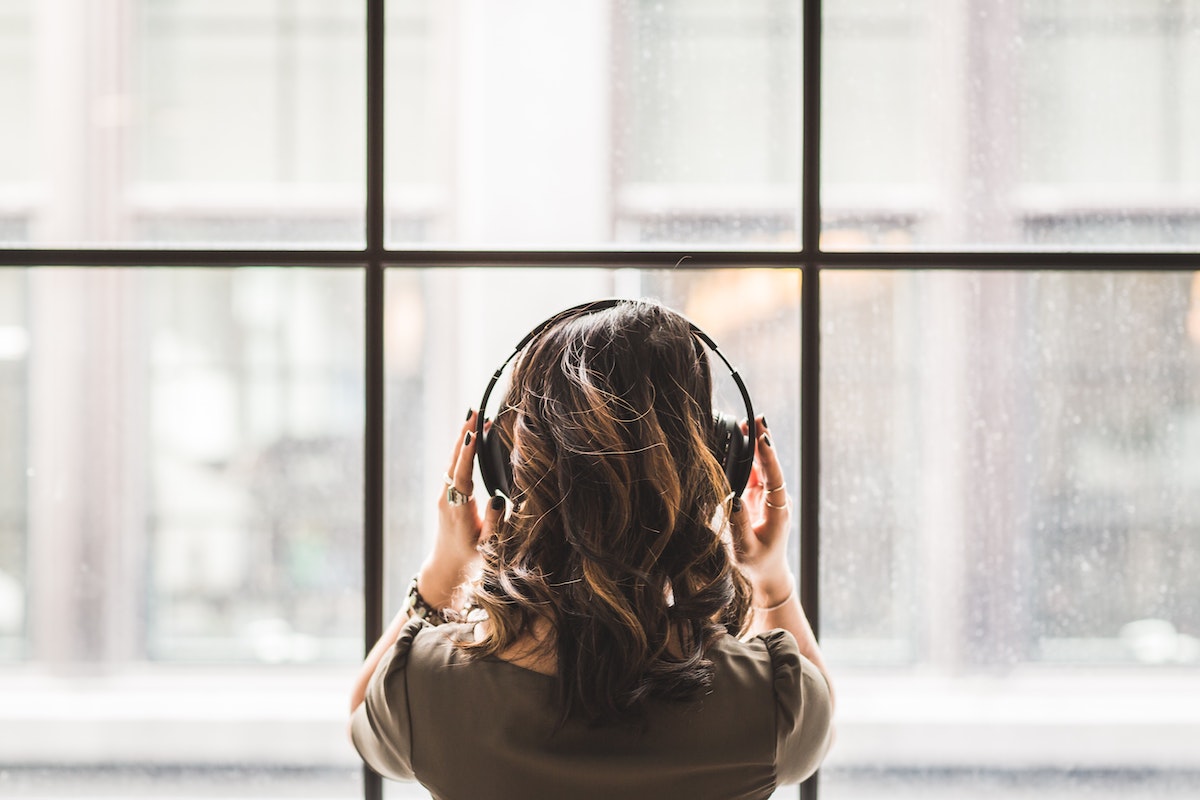Smart gadgets to enhance music listening in 2019 and beyond

Music is already a major part of everyday life, and it’s only intensifying. Americans listen to an average of 32 hours of music per week–almost a full-time work week–which means that the technology we use to listen is also a big part of everyday life. Every year, we spend more of our time, free and working, listening to music. For that reason, it’s useful to ask what the future of music and music consumption looks like: we should know what drives our preferences, and what services are providing for them, in terms of ease of access, budget, and sound quality. Here’s a brief look at a few staples of music listening that could herald innovations in the industry.
The smart story so far
One of the biggest trends over the last year was making your home smarter: smart kitchens, smart homes, smart devices, and smart speakers all experienced a huge sales uptick. Smart speaker use almost doubled, with 41% of US consumers owning smart speaker devices up from 21% in 2017. “Smart” devices are WiFi-connected devices that often also respond to vocal prompts, making music listening in your home easier than ever. Some smart speakers also offer unparalleled sound quality that can enhance not only music listening, but also the sonic dimensions of film and TV.
The future of smart speakers
As the market for smart devices expands, the smart device industry is enhancing products. In fact, some smart speakers can now decode and project Dolby Atmos, which is often considered the best multi-track sound technology currently available. The smart market’s development is set to continue into 2019, and it’s likely that even more innovation is coming. Not only is multi-room networking becoming more and more common, but the proliferation of other smart home devices means that there’s always more to come. For example, it’s feasible that your smart speakers can learn to predict the times at which you want to listen to music, or learn the volume you prefer. With the size of the smart device market as huge–and still expanding–as it is, it’s hard to know exactly what will come next. No matter what, it’s certain that smart technology will continue to evolve in the coming years.
The favorite way to listen: streaming
Music in recent times wouldn’t be the same without Spotify. Other streaming services were huge too, of course, but Spotify is the biggest single streaming service on the market, with almost 200 million active users, just under 100 million of which are paid subscribers. Last year, streaming services made it easier to listen to music, and made our curation of music quicker and easier. The term “SoundCloud rap” even became a widely known genre, itself named after another streaming service. With smart devices that connect to streaming services, Americans are listening to music at home, in the car, and even at work.
Streaming into the future
In 2019, streaming services don’t seem to be going anywhere. Spotify is set to be even bigger in the future, projecting 150 million paid subscribers by 2020. Not only are streaming services where we tend to listen to music, they’re also affecting the way we listen: the age of the radio-play single seems to be fading, with streaming platforms biasing instead toward album listening. The single is unlikely to fade completely in 2019 – or in any year that YouTube is still a platform for music videos–but we’re more likely now to spend more time on the music we love.
You may not spend a lot of time thinking about it, but music is the backdrop of most of our lives, so it’s worthwhile to consider how we’ll be listening to our party songs, breakup songs, and workout songs in the future. Smart devices, streaming services, new audio tracking systems and more are improving sound quality and making it easier to listen to music than ever before. Whatever your personal library looks like, it’s time to jam out in 2019!